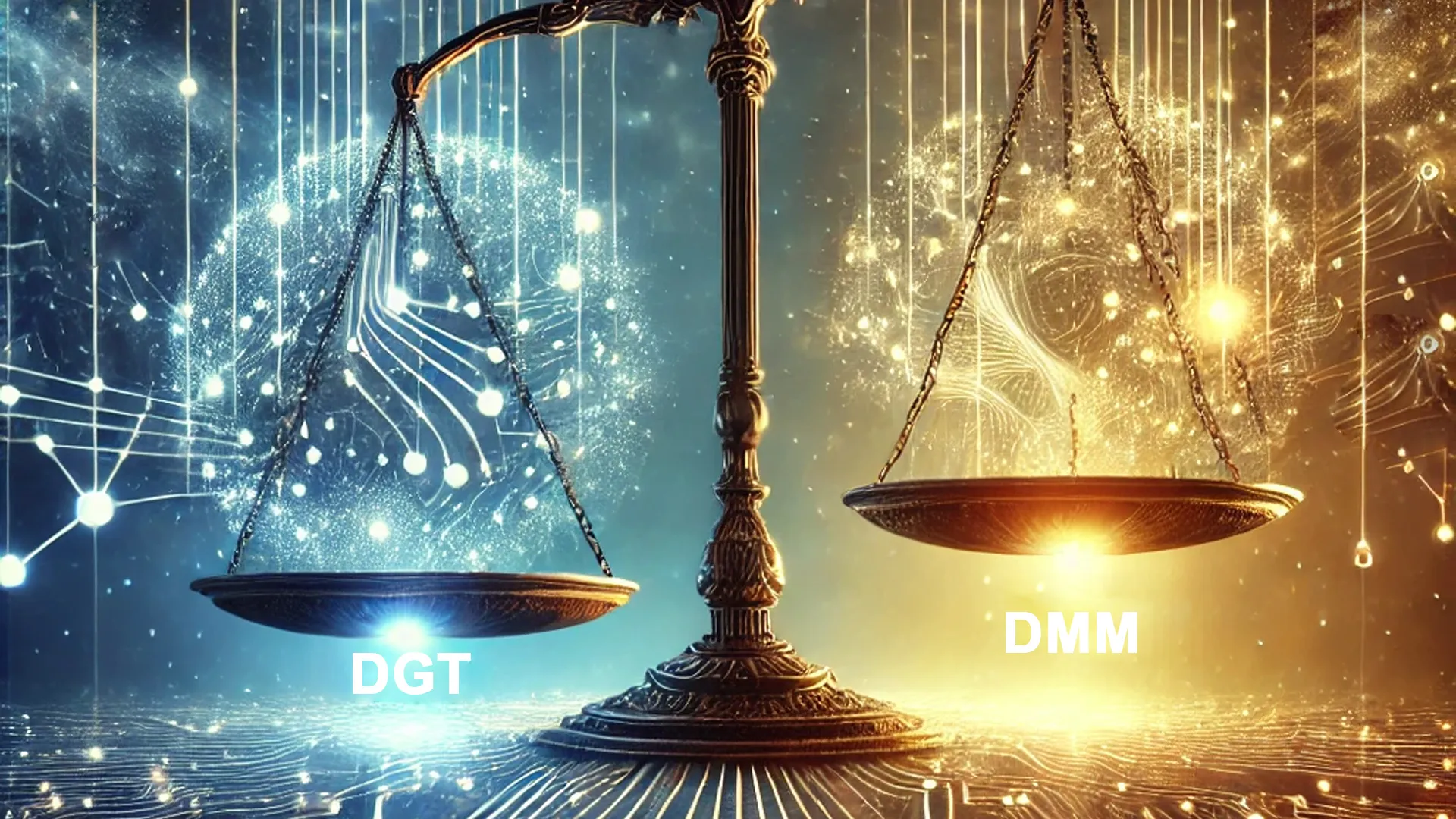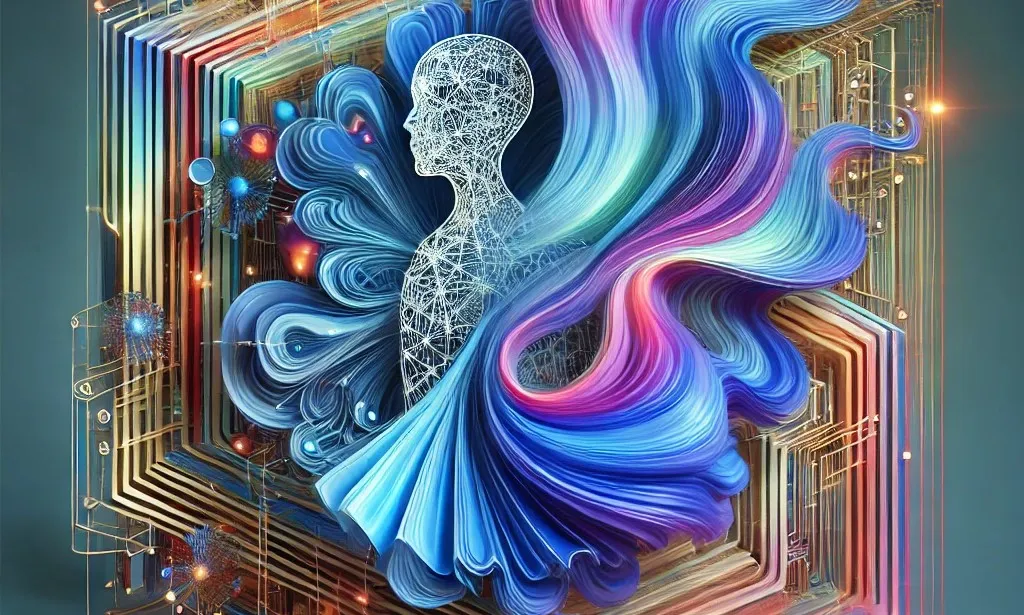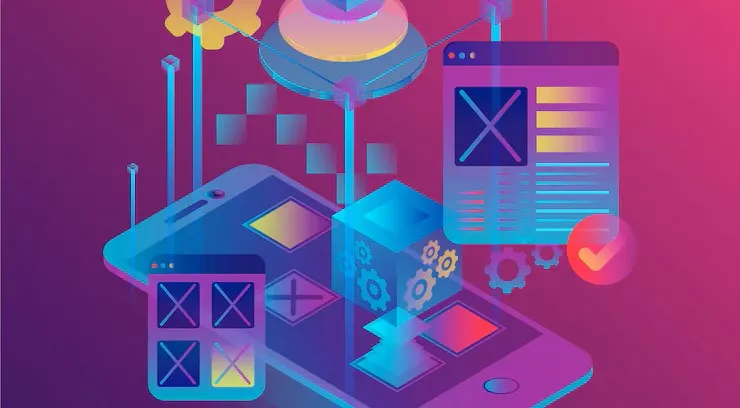February 25, 2025
.webp)
Optical Character Recognition (OCR) is a technology that converts images of text into machine-encoded text. It is a vital tool for digitization, allowing businesses and individuals to convert all types of paper documents into digital formats, including books, magazines, newspapers, contracts, invoices, legal documents, medical records, educational materials, and historical documents.
Benefits of OCR for digitization
OCR offers many benefits for digitization, including:
- Improved accessibility: Digital documents are easier to access and share than paper documents. They can be stored on computers, cloud storage services, and mobile devices, and can be accessed from anywhere in the world.
- Enhanced security: Digital documents are more secure than paper documents. They can be encrypted and password-protected, and can be backed up to prevent data loss.
- Increased productivity: OCR can help businesses to automate manual tasks, such as data entry and document processing, freeing up employees to focus on more important tasks.
- Reduced costs: Digitizing paper documents can help businesses to reduce costs associated with printing, storage, and shipping.
OCR plays a vital role in digitization, as it allows users to convert all types of paper documents into digital formats, including:
- Books, magazines, and newspapers
- Contracts, invoices, and other business documents
- Legal documents, such as court records and deeds
- Medical records
- Educational materials
- Historical documents
Once a document has been scanned into an image file, OCR software can be used to extract the text from the image. This text can then be saved as a digital document, such as a PDF or Word file.
OCR technology has become increasingly accurate and sophisticated in recent years, thanks to advances in artificial intelligence (AI). Today, OCR software can recognize text from a wide variety of sources, including scanned documents, photos, and even handwritten notes.
In addition to its many benefits for digitization, OCR is also playing an increasingly important role in accessibility. OCR software can be used to convert scanned documents or photos into text that can be read by screen readers. This makes it possible for people who are blind or visually impaired to access and use information that would otherwise be unavailable to them.
For example, a student who is blind can use OCR software to scan their textbooks and class notes. The OCR software will then convert the scanned documents into text that the student can read using a screen reader. This allows the student to participate fully in their classes and to learn the same material as their sighted classmates.
OCR is also being used to develop new technologies that can help people with disabilities to communicate and interact with the world around them. For example, there are now OCR-powered apps that can translate sign language into text, and vice versa. There are also OCR-powered devices that can help people with disabilities to type and use computers.
As OCR technology continues to improve and become more widely adopted, we can expect to see it play an even greater role in improving the lives of people with disabilities.
Here are some specific examples of how OCR is being used to improve accessibility:
- Blind students can use OCR software to scan their textbooks and class notes, making it possible for them to participate fully in their classes.
- People with dyslexia can use OCR software to scan documents and then have the software read the text aloud to them, making it easier for them to understand the information.
- People with mobility impairments can use OCR software to scan documents and then use voice commands to control the software, allowing them to interact with the software without having to use their hands.
OCR is a powerful technology that can help to make the world a more accessible place for people with disabilities. As OCR technology continues to improve and become more widely adopted, we can expect to see it play an even greater role in improving the lives of people with disabilities.
Challenges faced earlier
In the past, OCR technology was limited in its accuracy and capabilities. For example, it could only recognize text from high-quality scanned images, and it struggled with complex documents, such as those with multiple fonts and layouts.
Solutions offered now
Recent advances in artificial intelligence (AI) have led to significant improvements in OCR technology. Today, OCR software can recognize text from a wide variety of sources, including scanned documents, photos, and even handwritten notes. It can also handle complex documents with multiple fonts and layouts.
How to use OCR for digitization
To use OCR for digitization, you will need:
- A scanner
- OCR software
Once you have scanned your document, you can open it in the OCR software and follow the instructions to extract the text. The OCR software will then generate a digital document that you can save and edit.
Use cases of OCR
OCR is used in a wide variety of applications, including:
- Document management: OCR can be used to digitize and index paper documents, making them easier to search and retrieve.
- Business process automation: OCR can be used to automate manual tasks, such as data entry and invoice processing.
- Customer service: OCR can be used to digitize and process customer documents, such as applications and claims.
- Education: OCR can be used to digitize and archive educational materials, such as textbooks and articles.
- Libraries and archives: OCR can be used to digitize and preserve historical documents, such as newspapers and manuscripts.
OCR is a powerful tool that is transforming the way businesses and individuals manage their documents making them easier to store, search, share, edit.. It is helping businesses to improve their efficiency and productivity, and to reduce costs. It is also helping individuals to better organize and manage their personal documents.
Example
A company that receives hundreds of invoices each month can use OCR to automate the process of data entry. The company can simply scan the invoices and then use OCR software to extract the relevant information, such as the vendor name, invoice number, and invoice amount. This information can then be automatically entered into the company's accounting system, saving the company a significant amount of time and money.
OCR is a versatile technology that can be used in a wide variety of ways. As OCR technology continues to improve, it is likely to play an even greater role in the digitization of documents.


